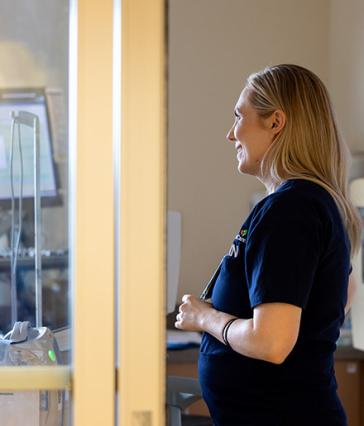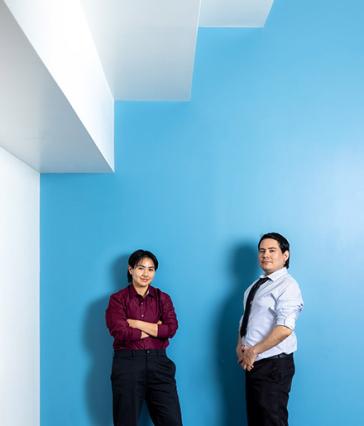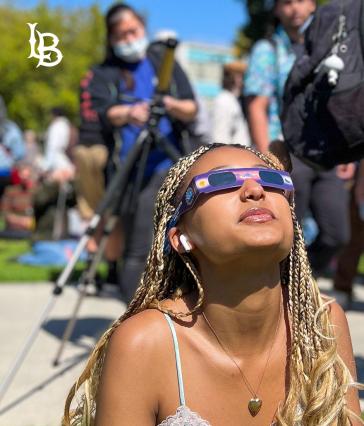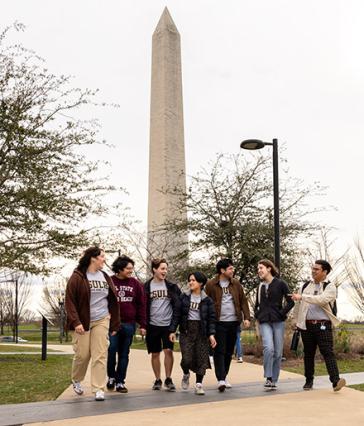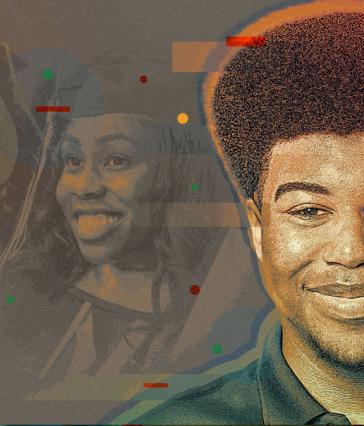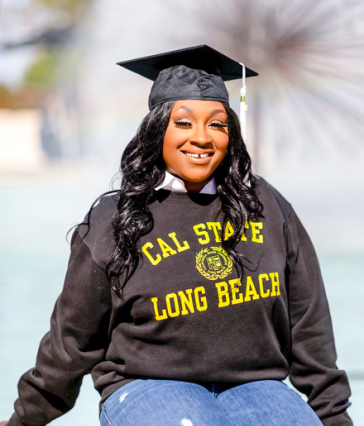Zines document legacy of women's activism at ║┌┴Ž═°
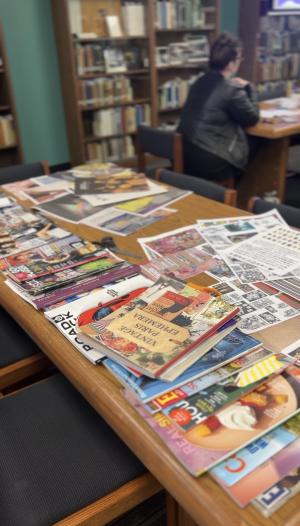
Among rows of vintage books and historical documents in ║┌┴Ž═°ŌĆÖs room sits a white binder full of 40-year-old ephemera.
A bright yellow pamphlet addresses the ŌĆ£Working WomanŌĆÖs Dilemma.ŌĆØ A clipping from the Daily Forty-Niner features a story about a Cal State Long Beach safety officer discussing ŌĆ£methods of rape preventionŌĆØ with female students. A bulletin dated Oct. 28, 1984, advertises a campus lecture based on a question nearly every generation of women has asked themselves since the 1960s. The bulletin asks: ŌĆ£Have we come a long way?ŌĆØ
In addition to cleverly showcasing the state of the womenŌĆÖs movement on the Cal State Long Beach campus in 1984, the collection of odds and ends served as a fitting backdrop for a gender-equality zine-making workshop celebrating WomenŌĆÖs History Month.
ŌĆ£Zines are short for magazines or fanzines,ŌĆØ explained Justice, Diversity, Equity and Inclusion Librarian Sarah Corona. ŌĆ£There are really no rules to creating zines, and they're very accessible. It's a low-cost, low-barrier way to publish your thoughts.ŌĆØ
The March 20 workshop, thematically centered on reproductive justice, was one of many campus-wide WomenŌĆÖs History Month events. Among the panels, mixers and conferences: the Women & Careers Symposium, Beach Women in Engineering Conference, , , and a program sponsored by the Black Resource Center called
Celia Mejia, associate director of the WomenŌĆÖs & Gender Equity Center said she was thrilled with the turnout and engagement this year.


ŌĆ£During WomanŌĆÖs History Month, we highlight and honor the resilience, achievements and contributions of women throughout history and today,ŌĆØ Mejia said. ŌĆ£It is also another great reminder that the work for gender equity is ongoing and it does not stop when March is over.ŌĆØ
That was no more apparent than at the library workshop, where Corona spoke about how zines have long been a mainstay of grassroots activism. She encouraged participants to use an assortment of collage materials to create their own six-page zines and then donate the finished products to the university for what the special collections archivist, Heather Steele Gajewski, hoped would be ║┌┴Ž═°ŌĆÖs first zine collection.
Although each zineŌĆÖs subject matter was left up to participants, the official prompt involved reproductive justice ŌĆö and most of the zines touched in some way on bodily autonomy.
Bodily autonomy a major focus
That may have been because they were inspired by the opening speaker, Chair Lori Baralt. Baralt defined reproductive justice as the right to have children, not have children, and parent children in safe and supportive environments. It has recently expanded to include sexual and gender autonomy.
Baralt emphasized that the barriers are complex and deeply rooted ŌĆö and that the abortion issue is only one small part of it.
"Reproductive justice is both a tool and a result of systems of oppression based on race, class, gender, sexuality, ability, age and immigration status,ŌĆØ she said, adding that it involves access to comprehensive healthcare services, contraception, prenatal care, and support for parenting and family planning.
Thanks to civil rights advocate Kimberl├® Crenshaw, Baralt said, the feminist movement now recognizes the intersecting factors that affect reproductive experiences, such as poverty, racism, sexism and anti-LGBTQ+ discrimination. Coined in 1989, CrenshawŌĆÖs theory of intersectionalism suggests that overlapping forms of inequality can compound, resulting in cumulative disadvantage.
Ultimately, Baralt said, the goal is liberation ŌĆö of womenŌĆÖs bodies, yes, but also of land rights, healthcare access, family support, and systemic injustices such as mass incarceration. Still, on the minds of many in the room was the U.S. Supreme CourtŌĆÖs decision last year to overturn Roe v. Wade, which protected the right to have an abortion.
Roe v. Wade was always the floor. It was never the ceiling. It was never enough.
ŌĆ£I do for sure see it as a win for the 'pro-life' movement,ŌĆØ Baralt said, ŌĆ£but I think it's also a moment where we're hearing a lot more from reproductive justice advocates saying, 'Roe v. Wade was always the floor. It was never the ceiling. It was never enough.ŌĆÖŌĆØ
ItŌĆÖs hard to say what gender studies professors will be lecturing about 40 years from now, or what new frontier ║┌┴Ž═° feminists will be facing. When the class of 2064 is asked whether women ŌĆ£have come a long way,ŌĆØ as the old slogan goes, how will they answer?
Gajewski knows that's impossible to predict. But by compiling the zines into a collection that can live and grow in the university archives, she hopes future students will ŌĆö at the very least ŌĆö have a solid idea of where things stood in 2024.

Wrapping up Women's History Month
March has been filled with WomenŌĆÖs History Month events, many co-hosted by the WomenŌĆÖs & Gender Equity Center. Still to come: on March 27 and the on March 28.





